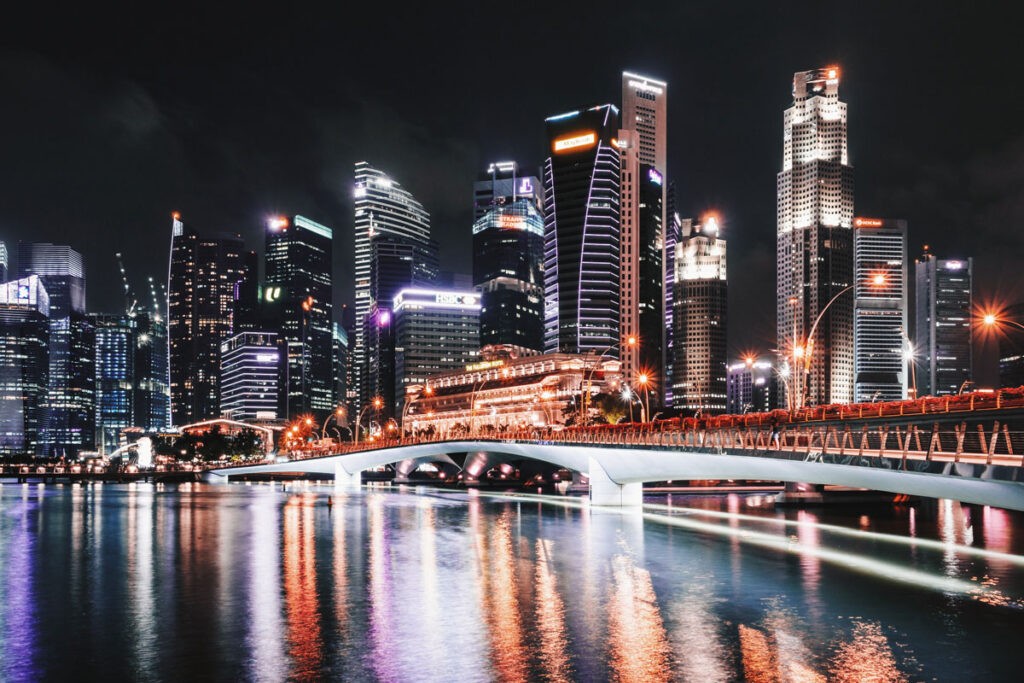Singapore, known as the Lion City (Singapura), is home to five million people, from four major communities; Chinese, Indian, Malay, and Eurasian, creating a vibrant cultural mix of language, arts, religion, food, and history in a place where East meets West, nature and urban beauty intertwine, and the past meets the present.
Singapore, officially the Republic of Singapore, is a sunny, tropical, sovereign island city-state in maritime Southeast Asia, located at the southern tip of the Malay Peninsula.
Occupying an area of approximately 718 km², Singapore consists of the main island and about 64 smaller offshore islands, including Sentosa, Pulau Ubin, St John’s Island and the Sisters’ Islands. Two bridges connect Singapore to Malaysia and continental Asia.
Singapore has a tropical rainforest climate with no distinctive seasons, uniform temperature and pressure, high humidity, and abundant rainfall.
Temperatures usually range from 23 to 32 °C (73 to 90 °F).
While temperature does not vary greatly throughout the year, there is a wetter monsoon season from November to February.
Singapore has four official languages: English, Malay, Mandarin, and Tamil.
English is the lingua franca and the main language used in business, government, law and education.
The currency of Singapore is the Singapore dollar (SGD or S$)
Power plugs and sockets are standard 3-pin square (British style).
In Singapore the standard voltage is 230 V and the frequency is 50 Hz.
You can use your electric appliances in Singapore, if the standard voltage in your country is in between 220 – 240 V (as in the UK, Europe, Australia, most of Asia and Africa).
If the standard voltage in your country is in the range of 100 V – 127 V (as in the US, Canada and most of South America), you will need a voltage converter in Singapore.

© Reckitt Global Hygiene Institute 2023